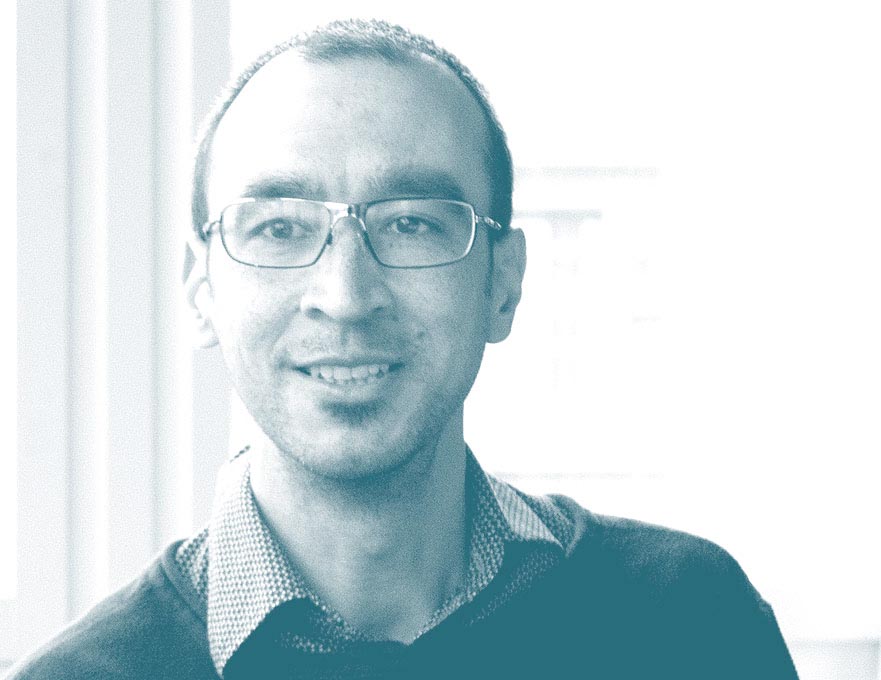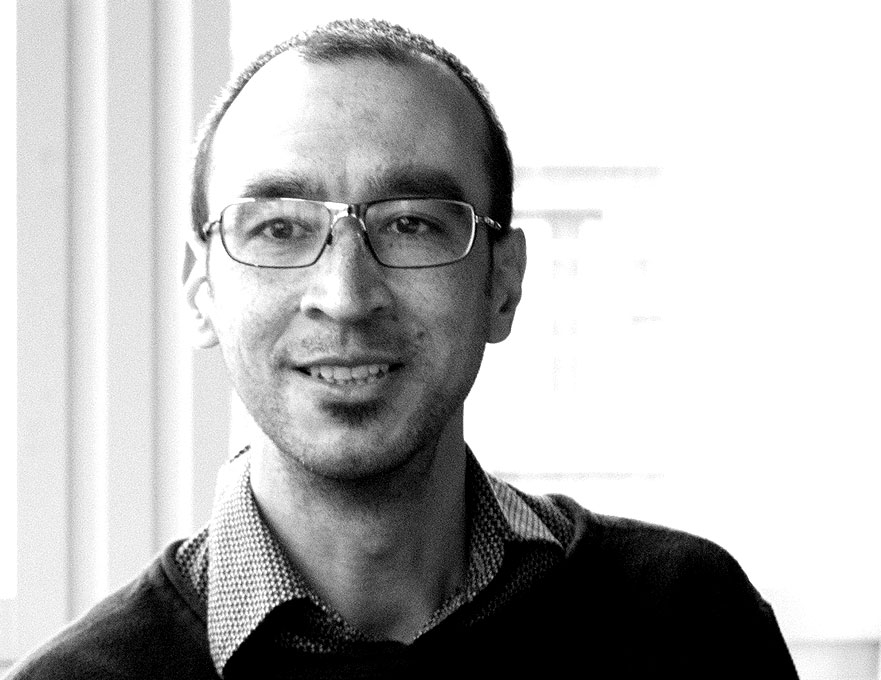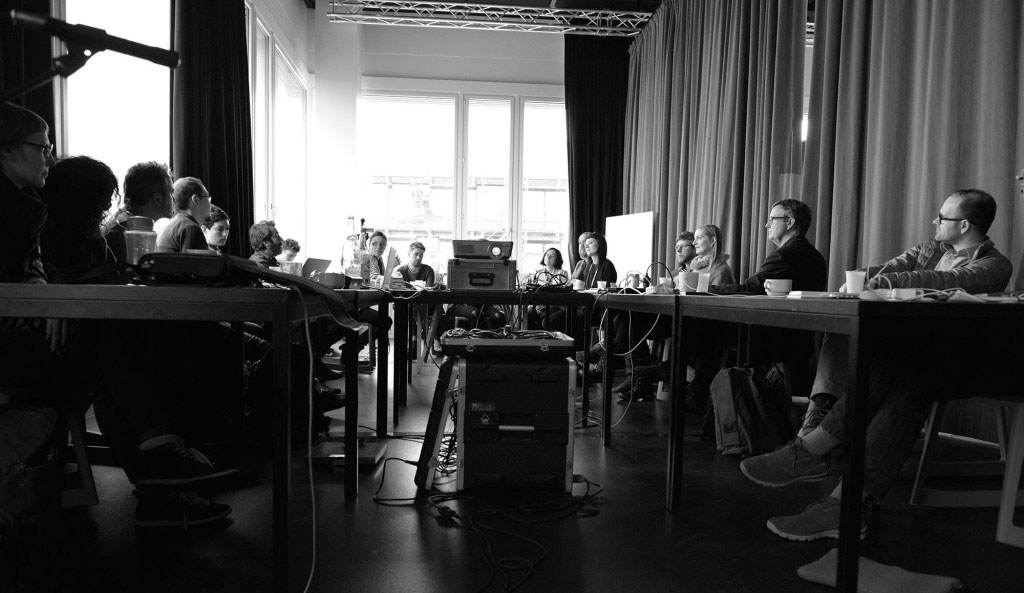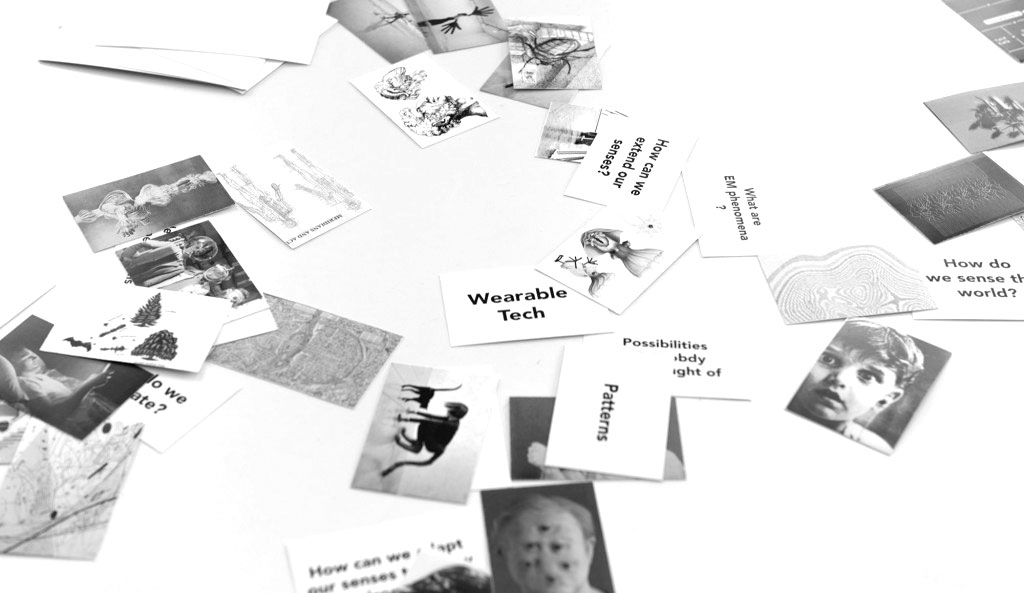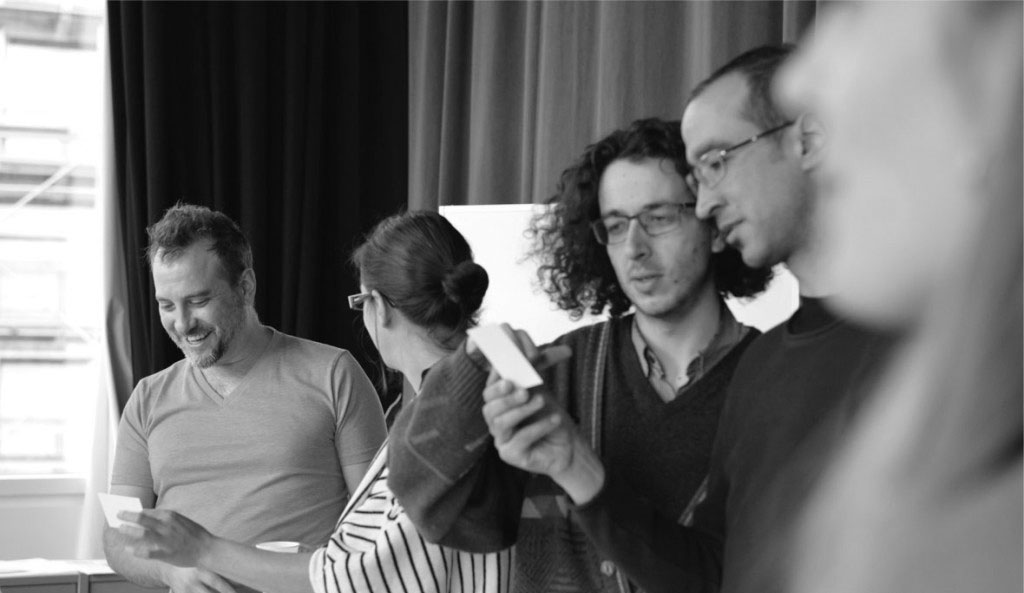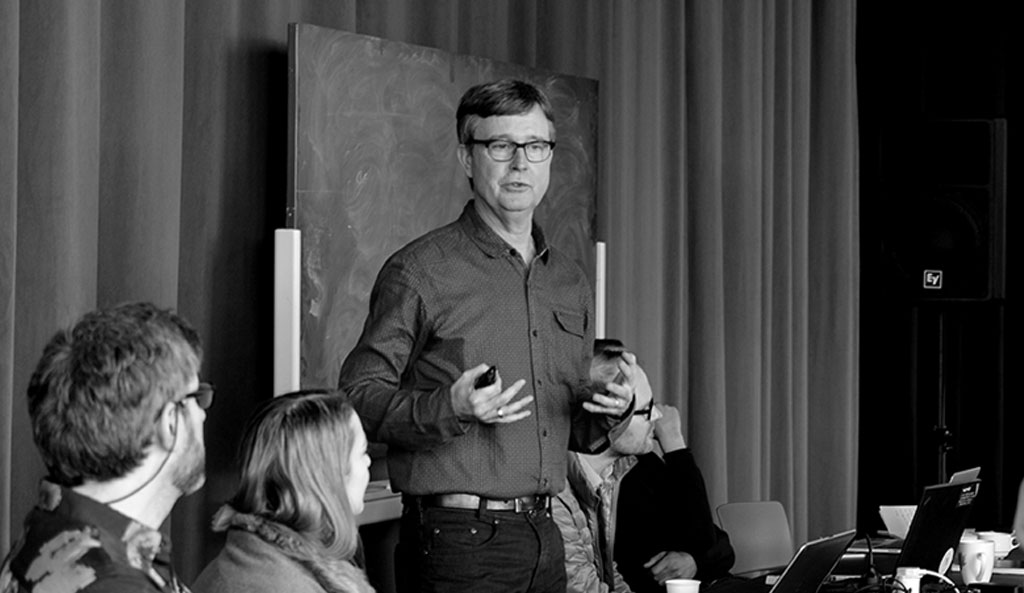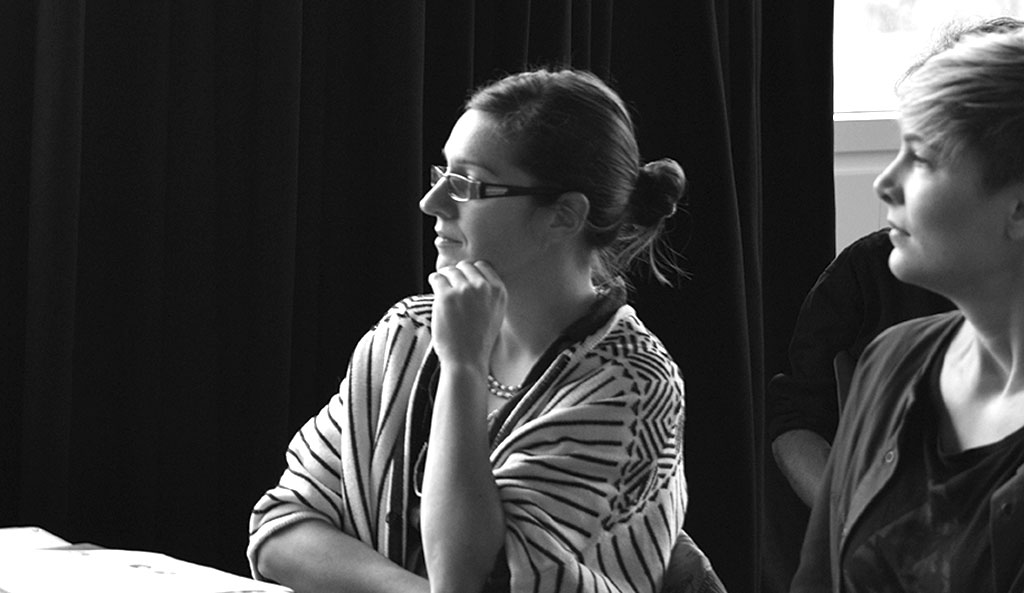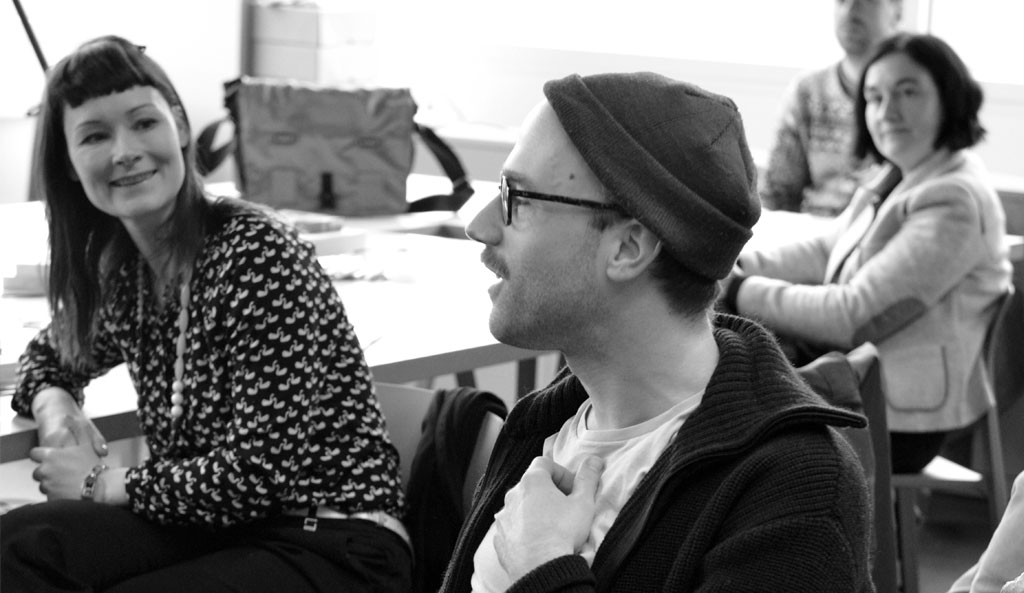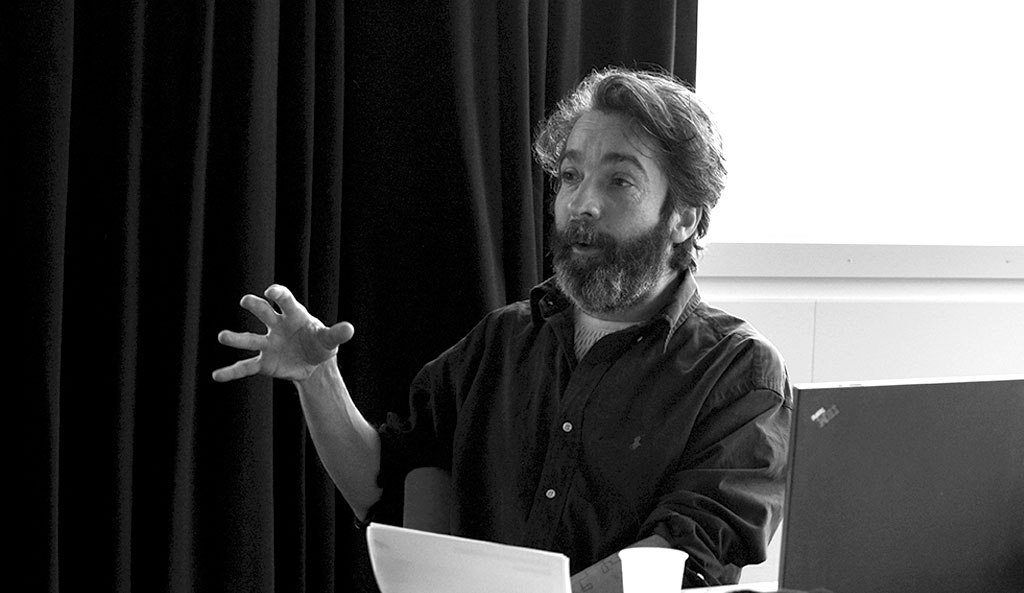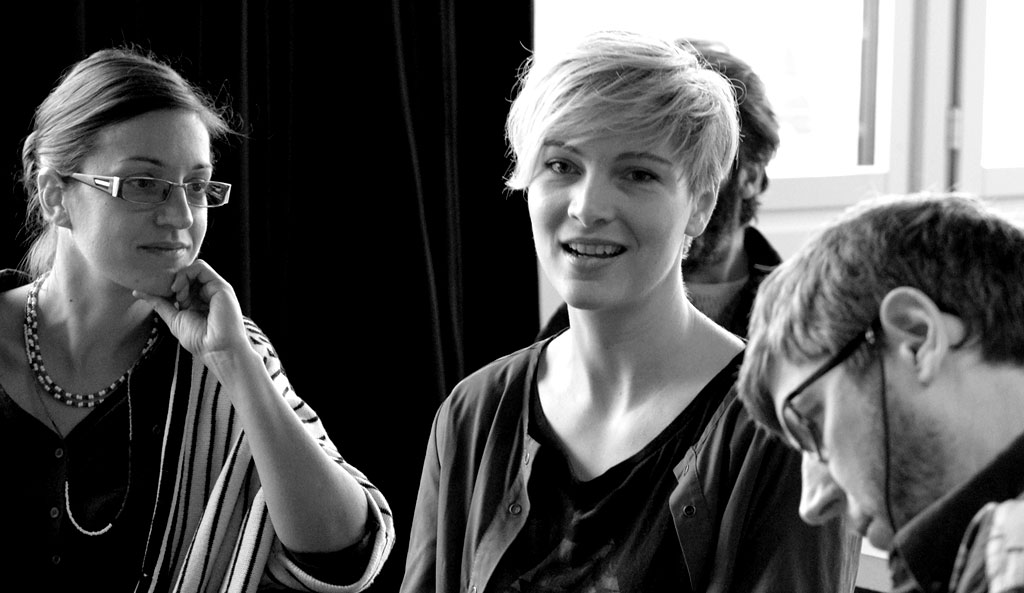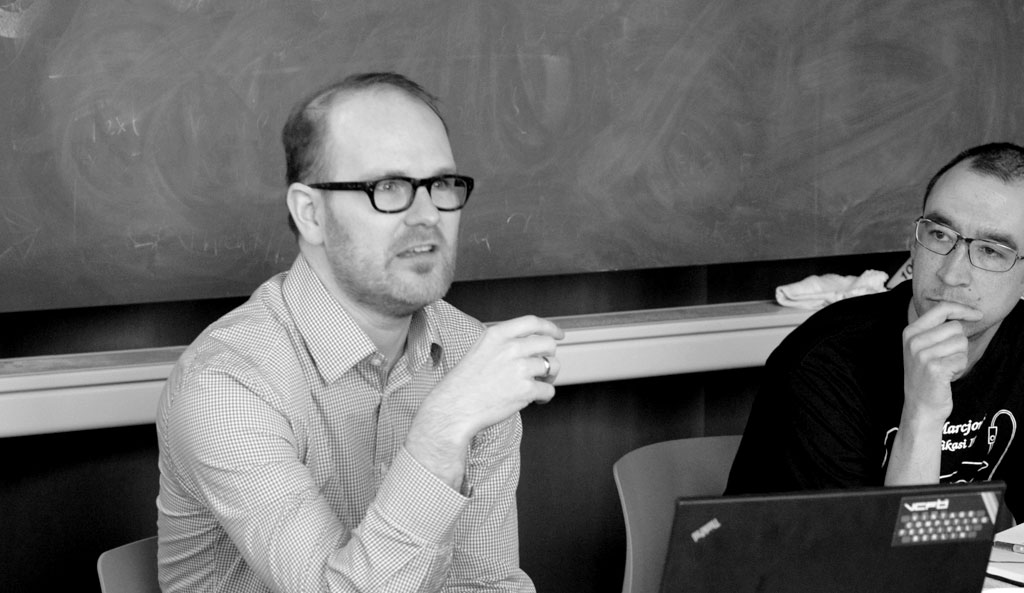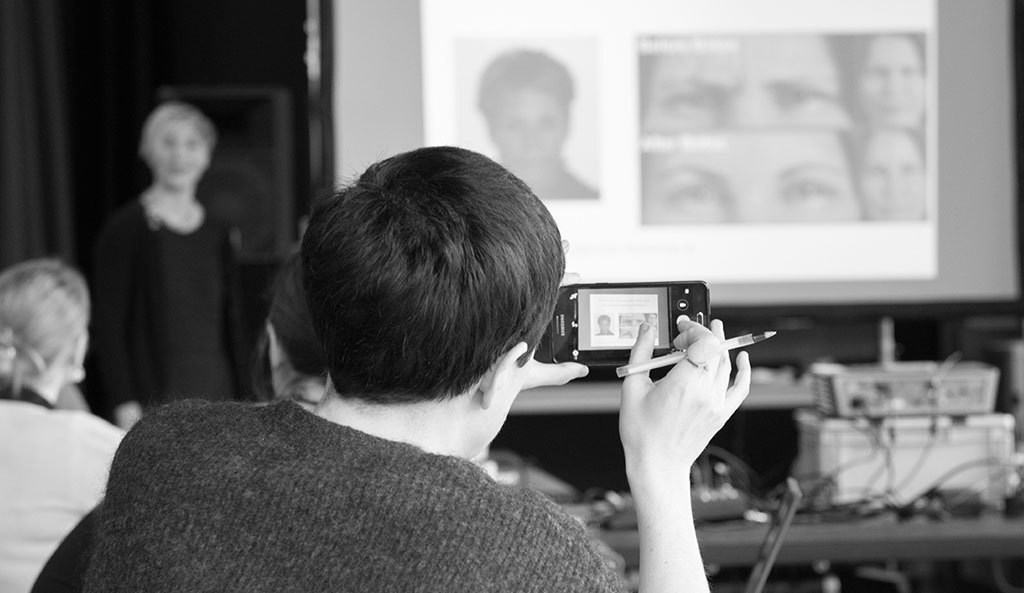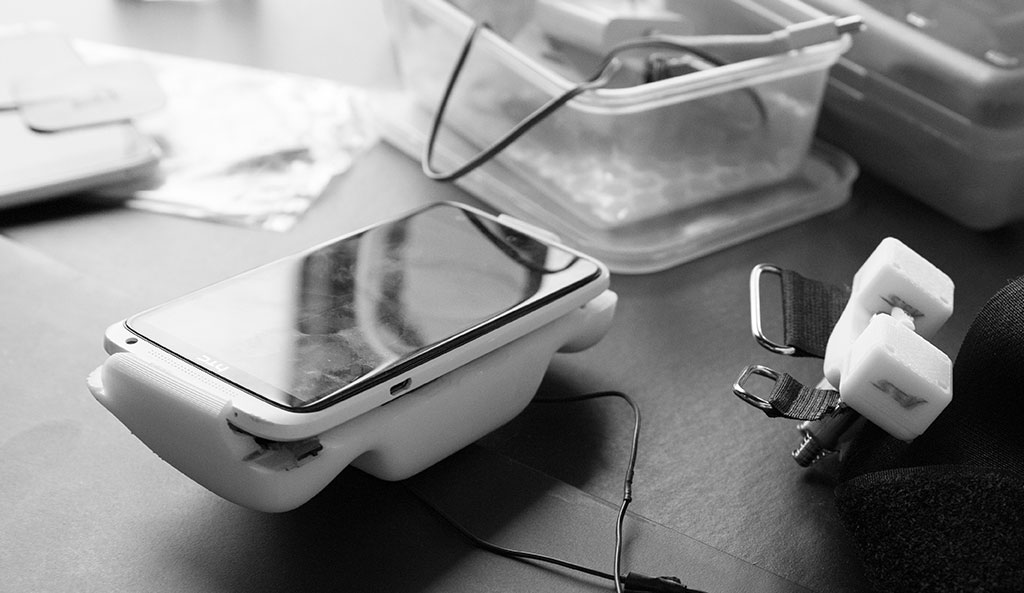Kick-off workshop
3 – 5 March 2016 | Critical Media Lab @ IXDM | Basel
A closed workshop was held in March 2016 at the Critical Media Lab at Academy of Art and Design in Basel. The workshop brought together a hand-selected group of leading researchers, technologists and artists working in the fields of sensory ecology, sensory augmentation, prosthetic and wearable art, wearable technology. The goal of the workshop was to provide the participants with a platform for exchange of experiences, sharing and generating new ideas and to form a network.
The host organization, the Institute of Experimental Design and Media Cultures (IXDM) is a research group and facility that carries out fundamental, practice-oriented research. The workshop supported the launch of our research project and was kindly supported by the SNSF (Swiss National Science Foundation).
The presentations shown at the workshop will be made available on this website. Please come back for an update in late June 2016.
Visiting Associate Professor at Nara Institute of Science and Technology, former leader of Meta-Perception Group at the Ishikawa-Komuro laboratory, specialized in Human-Computer Interfaces. My past research interests included fundamental/physical aspects of computing (optical computing, quantum computing), optical telecommunications, and artificial vision systems. My current interests lie in the area of human-computer interfaces for enhancing human communication and expression. I also enjoy applying the results of this research in my more personal works as a Media Artist.
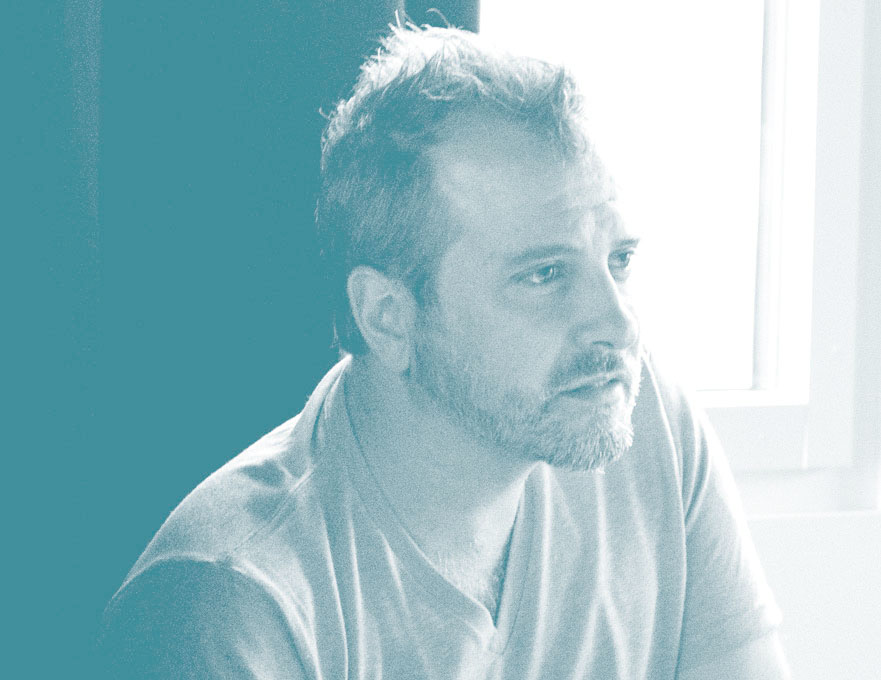
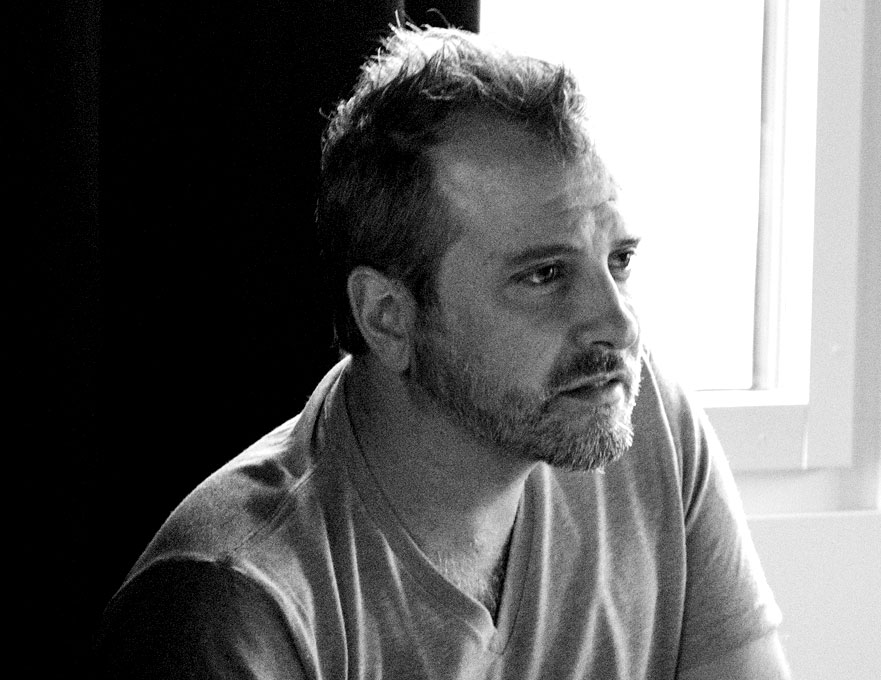
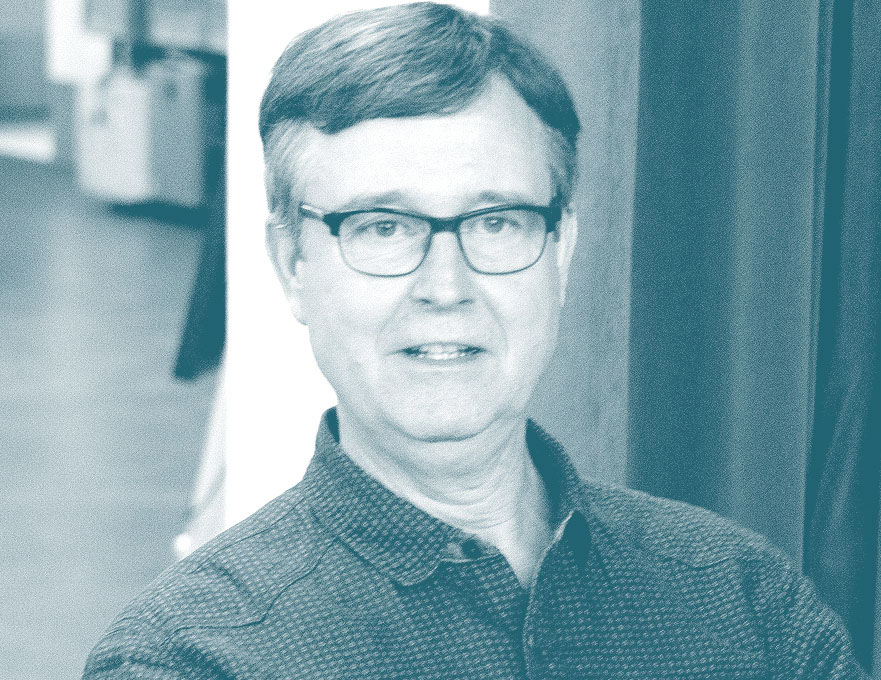
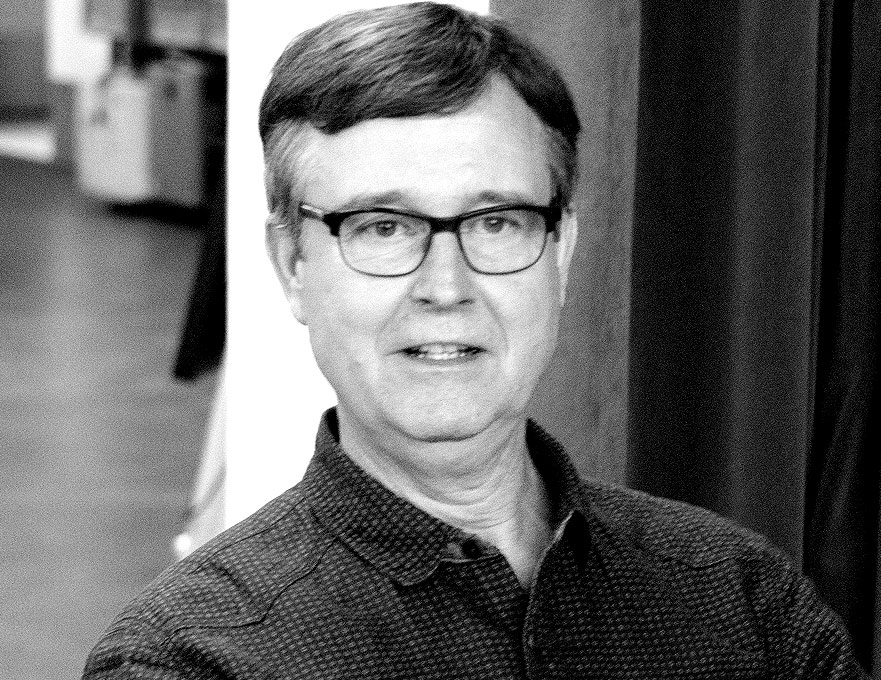
Professor for “Neuroethology and Sensory Ecology, University of Bonn”
Prof. Dr. Gerhard von der Emde and his group are studying the neural basis of animal behaviour and sensory perception (Neuroethology), as well as the adaptation of sensory systems to natural environments (Sensory Ecology).
“We are investigating how animals perceive their natural surroundings with their sense organs and how their brains process sensory information in order to elicit adequate behaviours.”
TALK: Orientation in the Dark. Electroreception of Weak Electric Fish.
31 min 10 sec
https://vimeo.com/181480044Daniela Silvestrin is an independent researcher, curator and cultural manager with a background in law, history of art and curatorial studies. In her research she explores hybrid artistic practices at the intersection of art, law and science that explore new ways of relating to vibrant materialities and “material agency”, driven by the emergence of critical political and ethical concerns in an era where techno-science increasingly impacts all life and blurs known distinctions between the human and non-human, life and matter. Her work critically reflects on the implications of new technologies, analyzed and discussed through the lens of artistic reflection and knowledge production. Her research has been awarded with the Working and Research Grant for Visual Arts 2015 by the Berlin Senate Chancellery for Cultural Affairs, Germany.
TALK: Making Sense: Subliminal perceptions of EMR (Electromagnetic Radiation)
32 min 34 sec
https://vimeo.com/180189172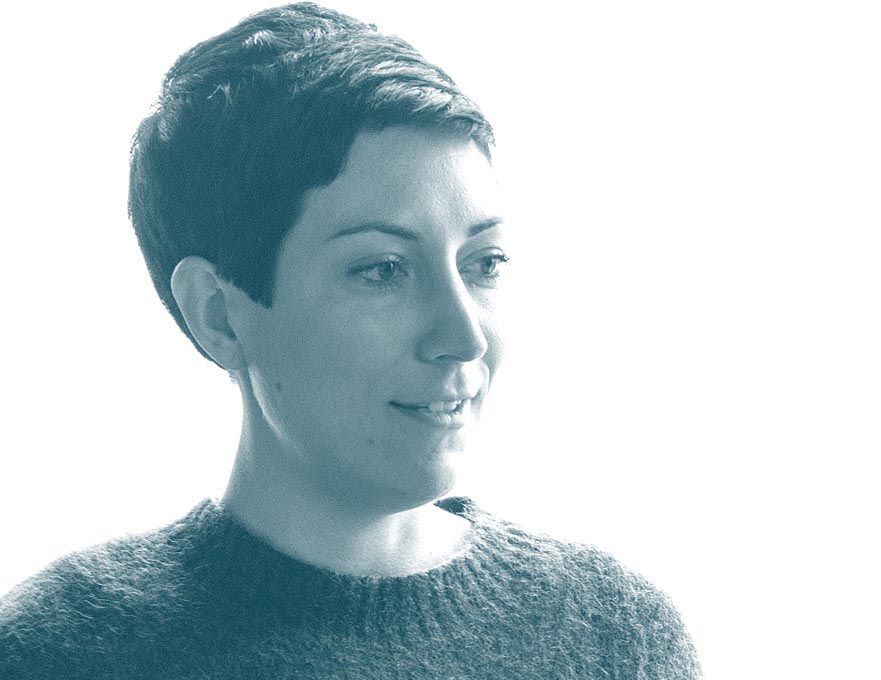
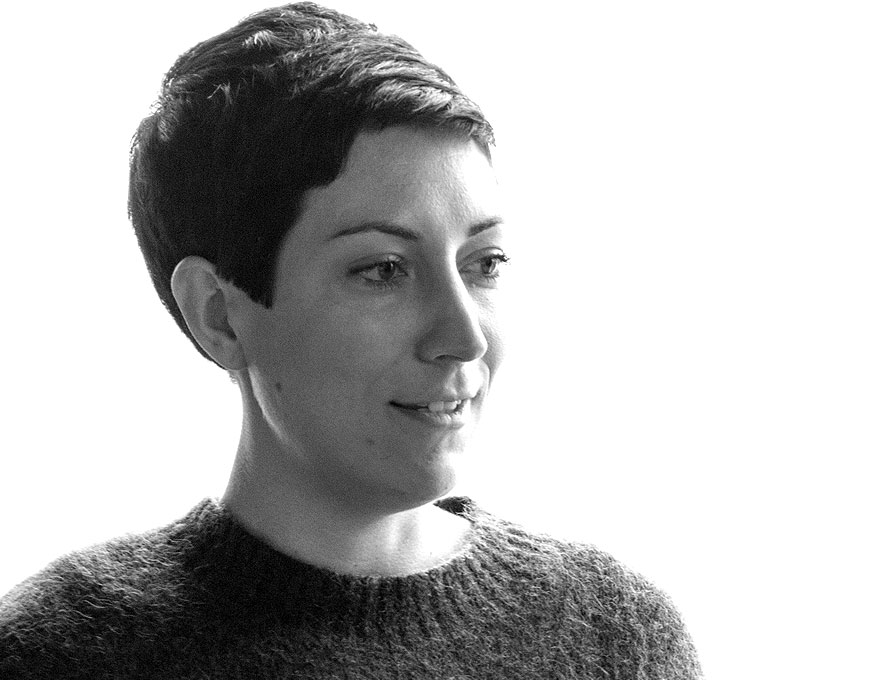
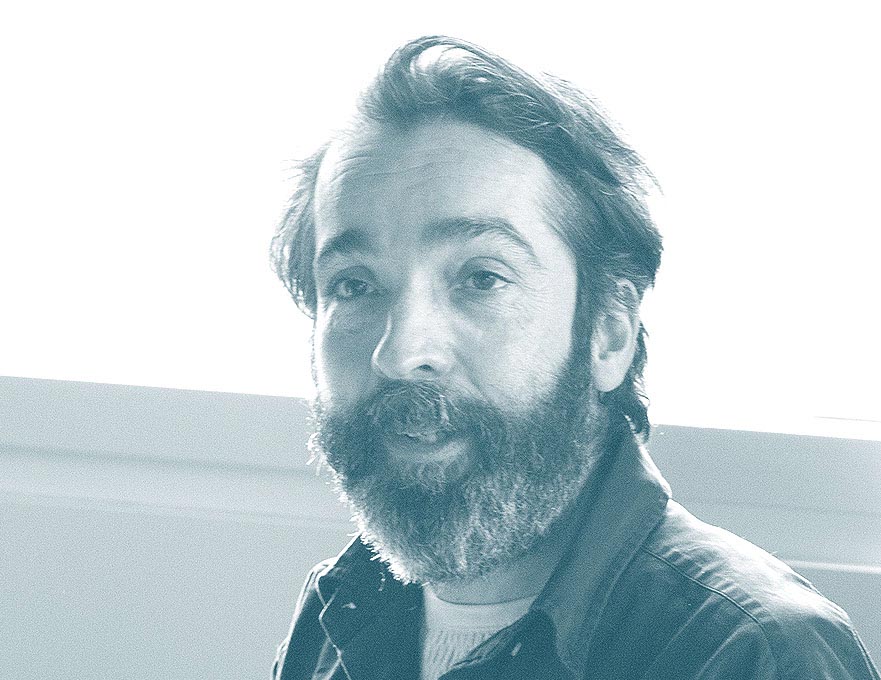
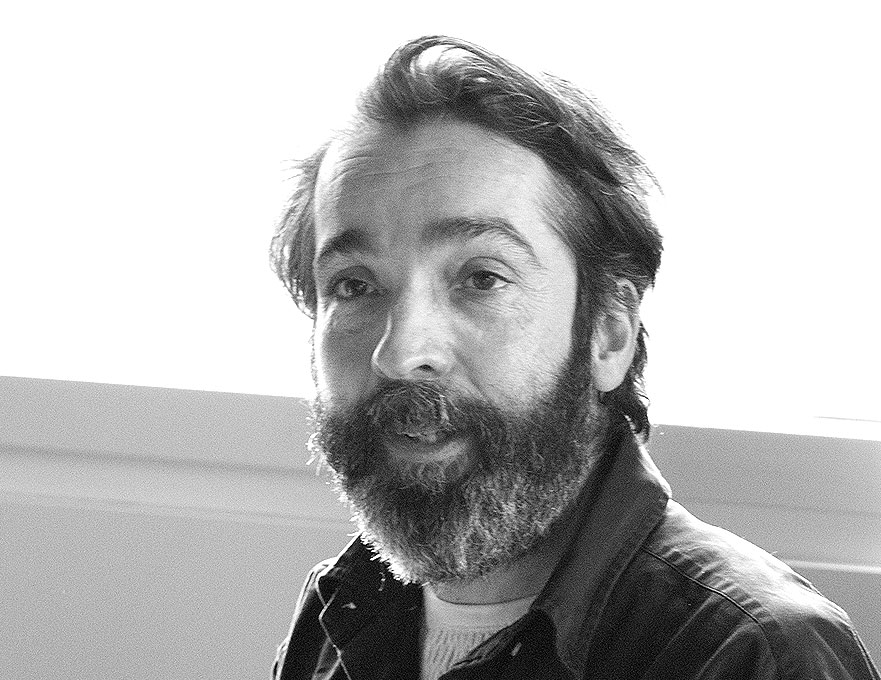
Martin Howse is occupied with an artistic investigation of the links between the earth (geophysical phenomena), software and the human psyche (psychogeophysics), proposing a return to animism within a critical misuse of scientific technology. Through the construction of experimental situations (within process-driven performance, laboratories, walks and workshops), material art works and texts, Howse explores the links between substance or materials and execution or protocol, excavating issues of visibility and of hiding within the world. For the last ten years he has collaborated on numerous open-laboratory style projects and performed, published, lectured and exhibited diversely.
Selena Savić is an architect, designer and researcher, interested in the design of infrastructures, their spatial and cultural implications. Selena received her PhD from EPFL, Lausanne and IST, Lisbon in 2015, with generous support from an FCT grant. Prior to joining the SINLAB research group at EPFL, Selena got a Master degree at Networked Media department at the Piet Zwart Institute in Rotterdam, The Netherlands, and an engineering degree from the Faculty of Architecture, University of Belgrade.
Her work was exhibited at a number of festivals and exhibitions, as well as research symposia and scientific conferences. She regularly collaborates with designers, programmers, researchers, theatre directors and artists on hybrid practices which tend to render visible what is normally taken for granted.
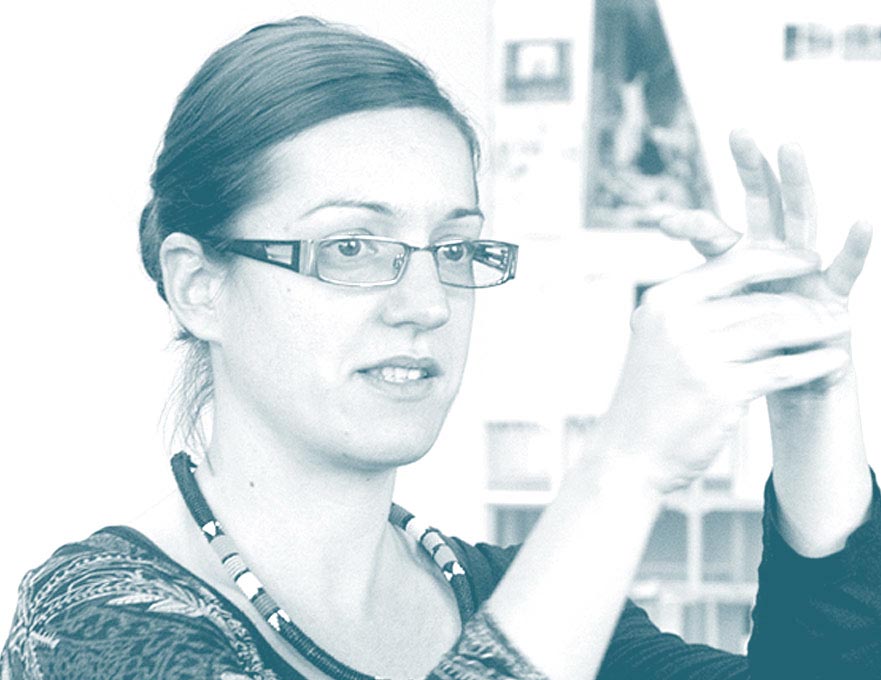
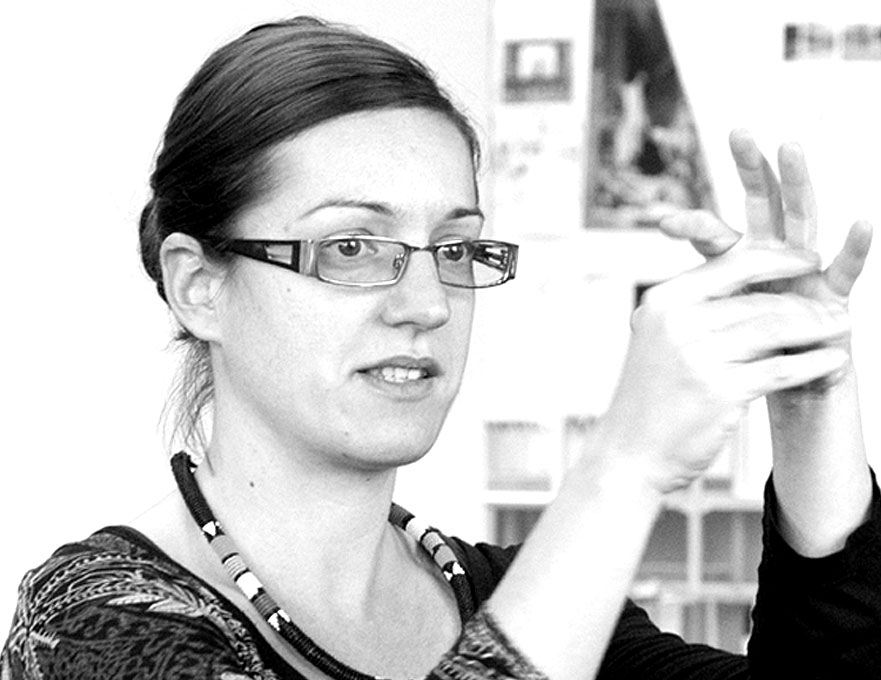
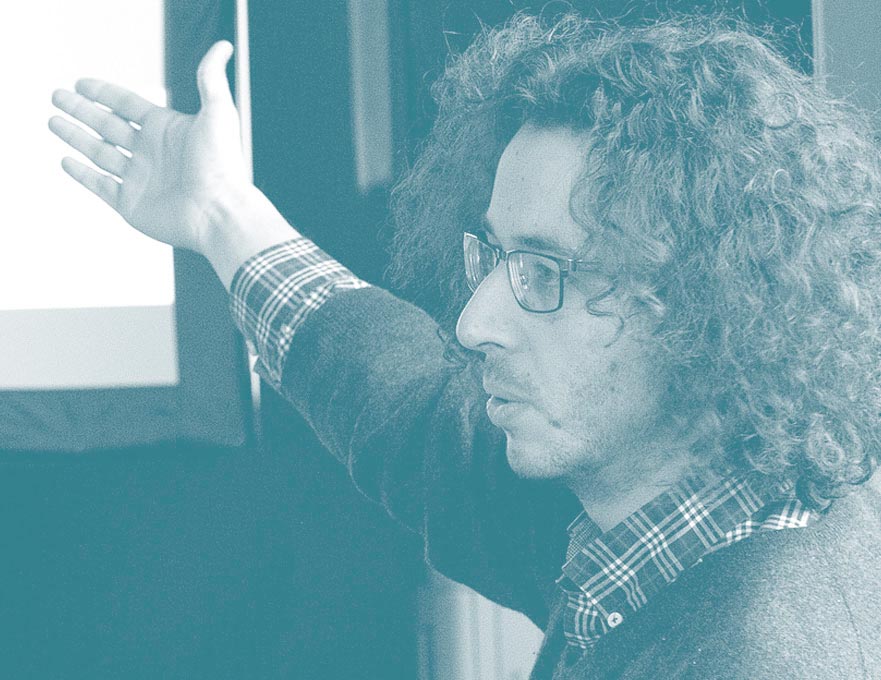
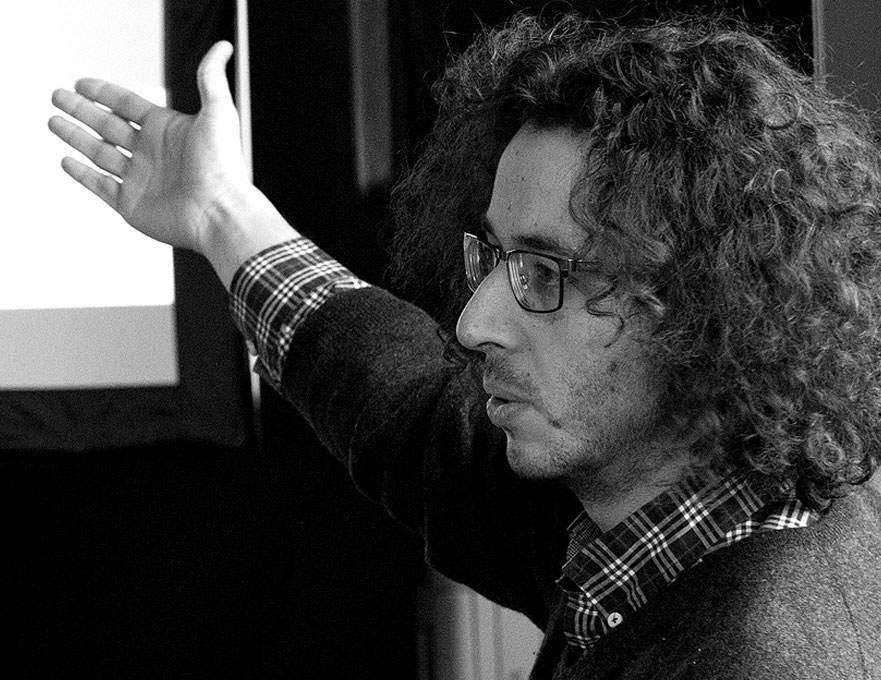
Pedro Lopes is a HCI researcher that works on muscle interfaces that read and write to the human body. Pedro’s work is a philosophical investigation of HCI as in Human-Computer Integration, rather than merely “Interaction”.
Pedro publishes at ACM CHI, UIST and IEEE Haptics, it has received the ACM Best Paper award for Affordance++, Best Talk and Best Demo nominations. His work captured the interest of media, such as MIT Technology Review, NBC, DiscoveryChannel, NewScientist or Wired.
Pedro is a believer on the unification of art and research, and he often gives talks about it [BodyControlled 2013, CampusParty 2013, AMAZE 2014, NODE 2015].
As a researcher, I am based in the Visual Neuroscience group within the Laboratory of Experimental Ophthalmology at the University Medical Center Groningen. I am currently in the 4th year of my PhD. My PhD project is about visual information integration, and how we explore different possible interpretations during object recognition. I often use stimuli that takes time to recognize or can be interpreted in several ways – bistable images, objects that are gradually revealed from noise, and emergent images where recognition requires feature integration. I use eye tracking to study how visual information is sampled over time and when which image sections are inspected. My work also uses fMRI in combination with different techniques to model connectivity between occipito-temporal regions. Currently, I am studying differences in connectivity with connective field modeling, and changes in population receptive field sizes, before and after successful feature integration.
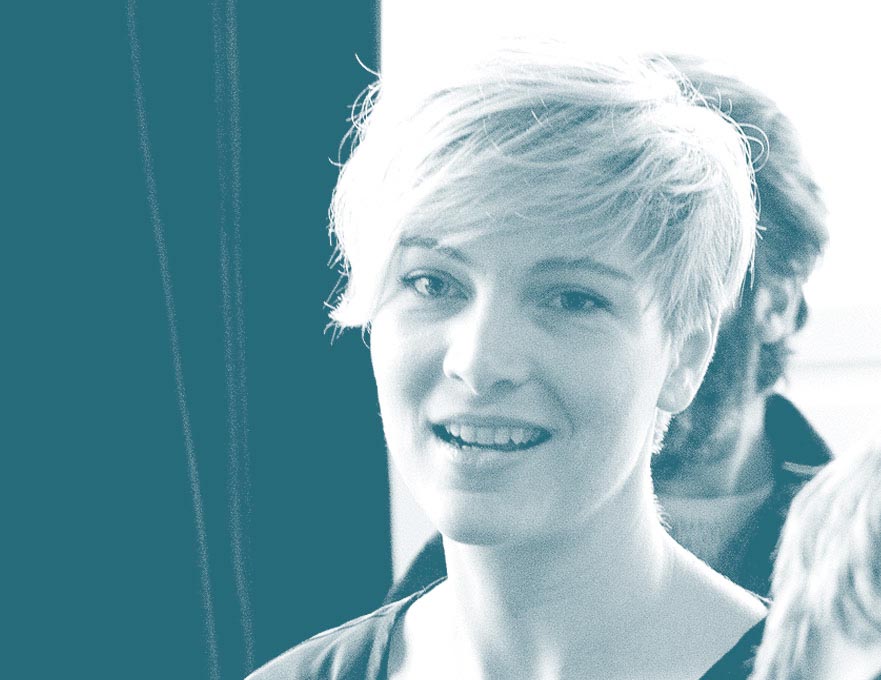
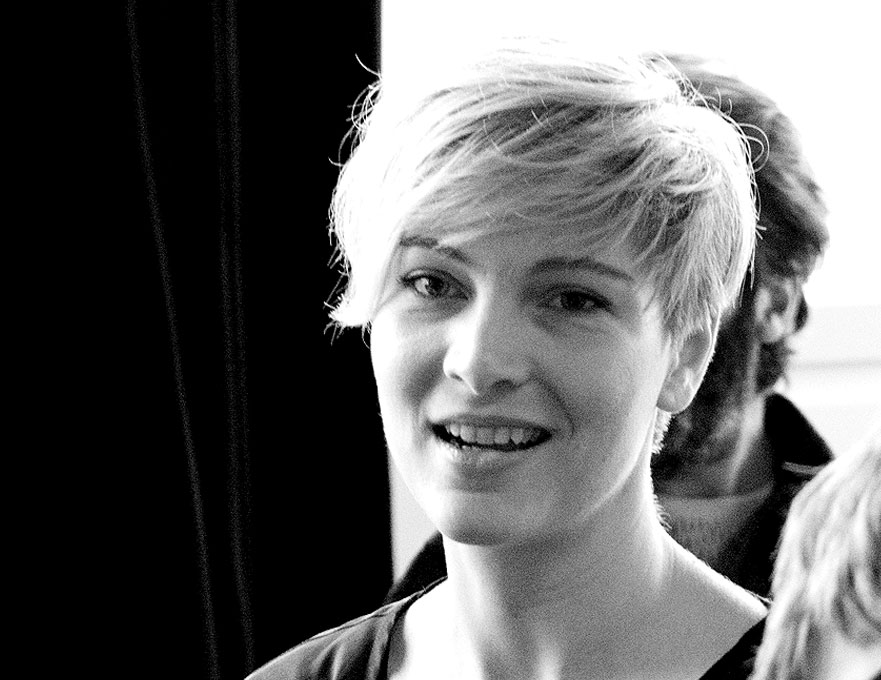
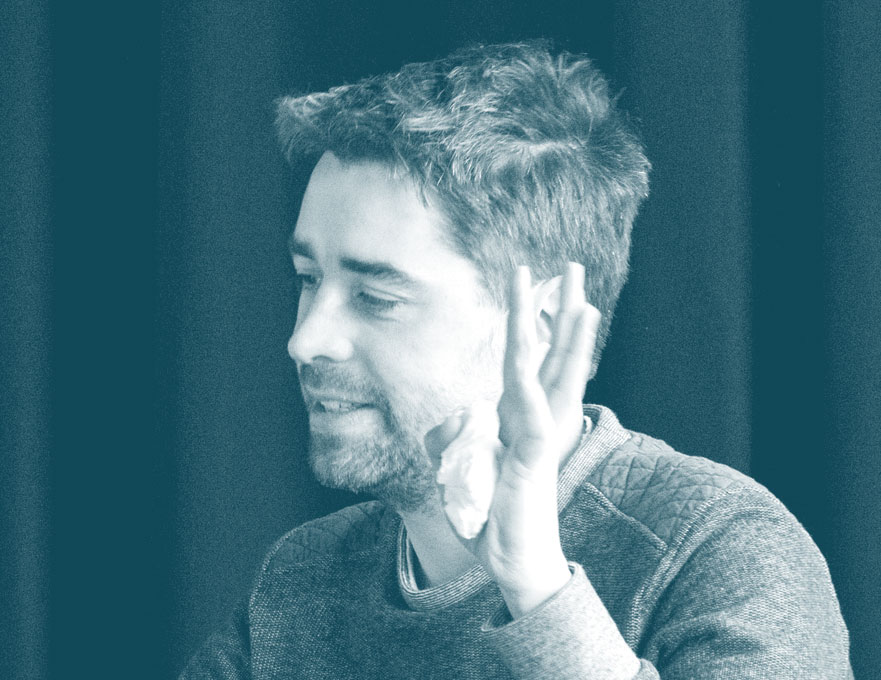
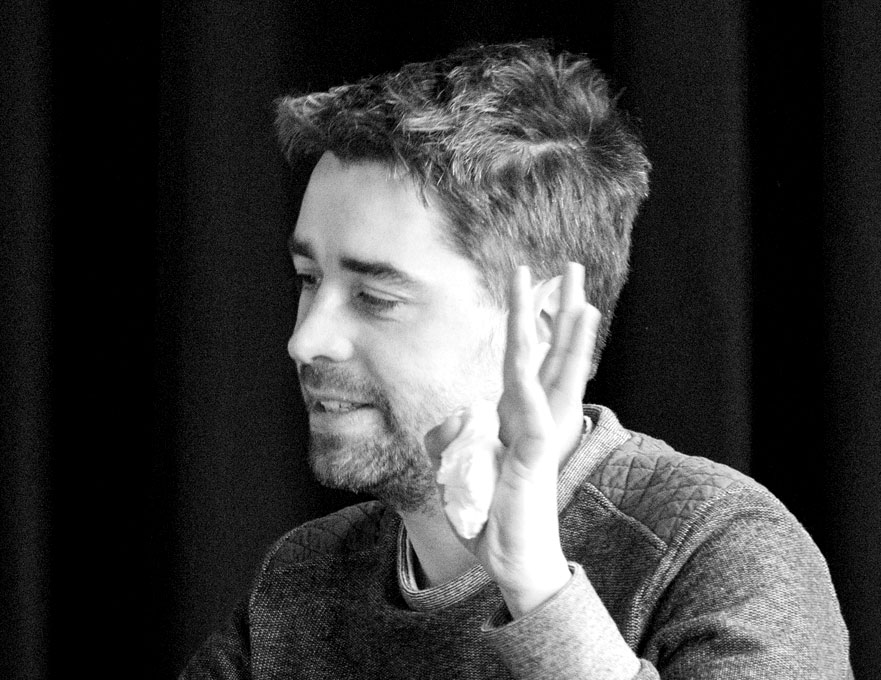
Thomas Thwaites is a designer whose work examines the interaction of science, technology and culture in shaping our present society, and possible futures. He uses a broad range of media and techniques, from objects and installations, through film and text, and his work draws on research in a diverse range of subject areas; biology, economics, philosophy and materials science.His work has been acquired by the Victoria & Albert Museum for their permanent collection, and is exhibited frequently and internationally, including at the National Museum of China, the Museum of Modern and Contemporary Art in Seoul, the Science Museum (London), and the Zero 1 Biennial (California).
Jan Claas van Treeck, finished his PhD 2014 in German Studies at Yale University and is currently a postdoctoral research fellow in media studies at Humboldt University Berlin. His fields of research are human-machine-interactions, cyborgism, early german cybernetics, drone warfare and drone theory, military media, media archeology and systems theory.
He is currently working on a ‘Habilitation’ tentatively titled ‘Cyb/Org – operative und performative Systeme’. An active member of the Berlin-based Cyborgs e.V. he is also a cyborg activist and practitioner suffering from orthosclerosis (a hearing impairment) that will hopefully be improved by the replacement of his ossicles with titanium parts in the near future.
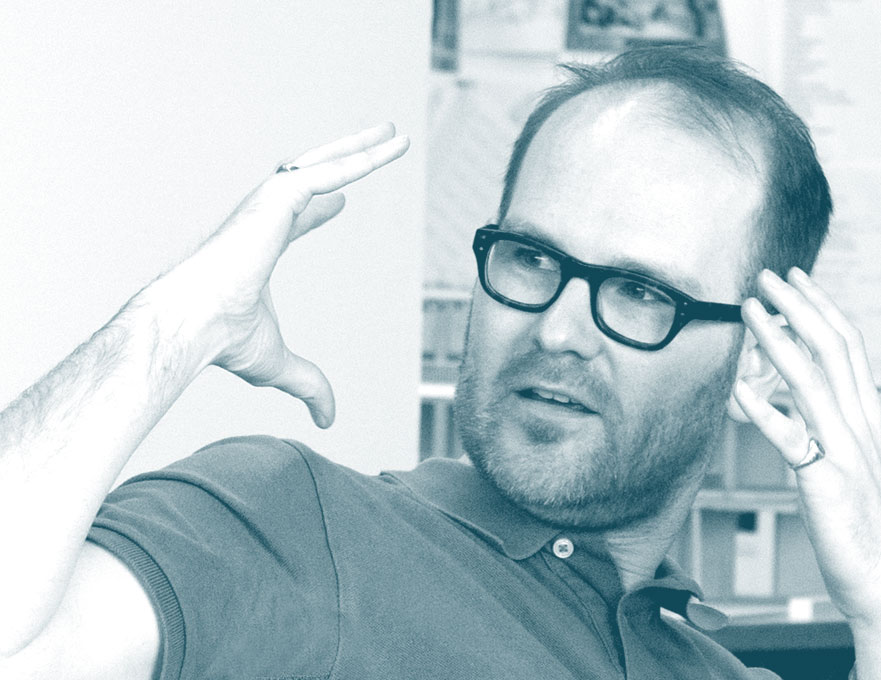
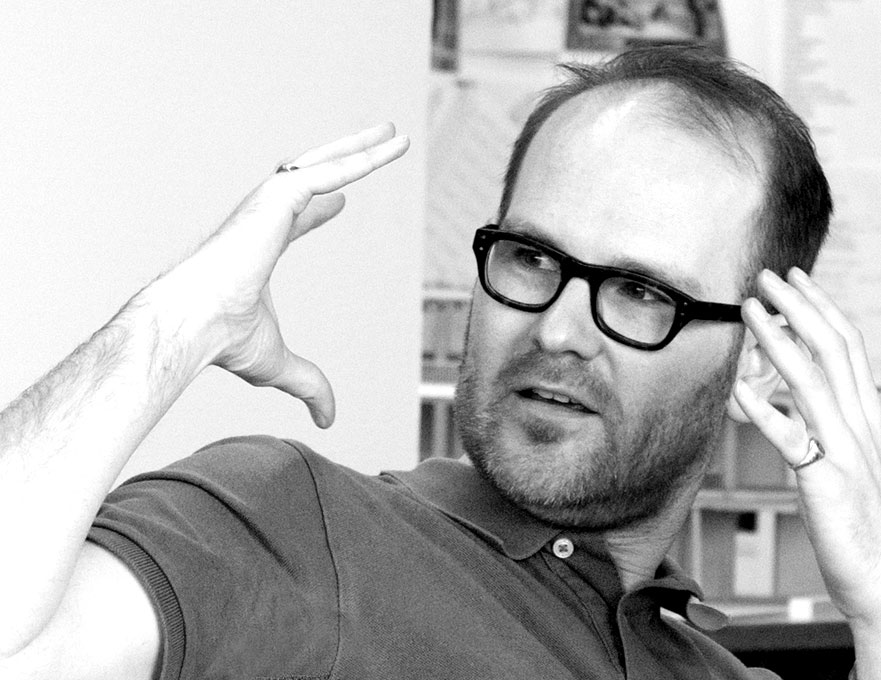
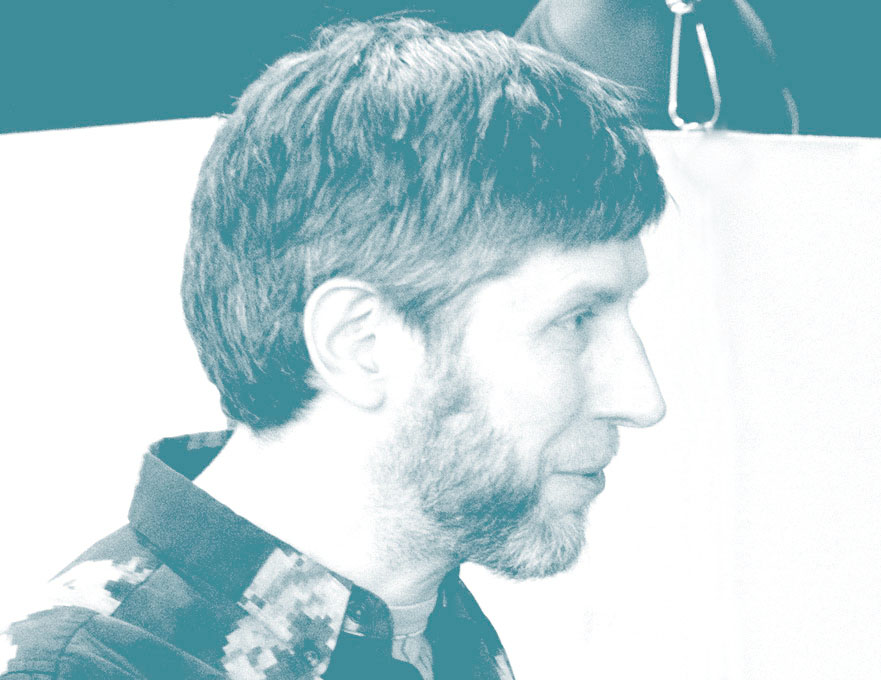
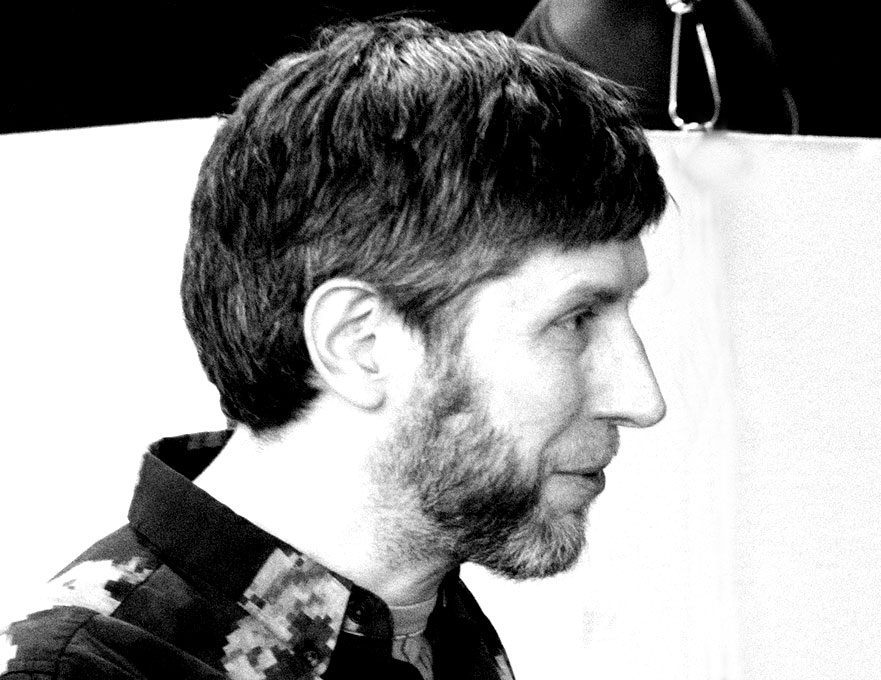
Disinformation producer Joe Banks is also author of the book “Rorschach Audio – Art & Illusion for Sound”. Since the first “Rorschach Audio” publication in 1999, the project has expanded to encompass a much broader range of related phenomena, including a significant focus on ideas of Leonardo da Vinci, Hermann Helmholtz and Alan Turing. Disinformation is a sound, video and kinetic art project, which, since 1995, produced a series of highly influential experimental music and installation art works, using electromagnetic emissions – radio noise – intercepted and made audible from live mains electricity, lightning and magnetic storms, industrial machinery, communications and information technology hardware, electrical infrastructure, urban transport systems, and even the sun. Disinformation sound works have been published on LP and CD since 1995, performed live since 1996, and exhibited as gallery installations since 1997, with the project remaining continuously active ever since.
Antony Hall is a UK based artist, his interdisciplinary practice involves working with science, creating kinetic artworks and installations using fluid, mechanical, electronic or biological elements. His work is divided between his own practice and the artist collective ‘Owl Project’.
Hall has exhibited internationally at Galleries and Festivals including: Cité internationale des Arts in Paris, Dutch Electronic Arts Festival, CAAC Seville, Triple Base Gallery San Francisco, International Festival of Art/Science/New Technologies in Prague, Trondheim Electronic Arts Festival, Spectropia Festival Latvia, Cornerhouse Manchester, and A-Foundation. Most recently works were commissioned for Gazelli Art House, London, Trondheim Biennale for art and technology, and a solo show at Kapelica Gallery, Ljubljana, Slovenia and Design Days Dubai, 2013.
